|
How did they make it in medieval England? When I was a teenager studying cookery at high school, there was always one thing I could depend on: my short crust pastry! My meringues might have cracked and wept, and my ‘fatless’ sponges often were in need of a little elevation, but my pastry was to die for. Just the right melt-in-your-mouth, biscuity moreishness. Even now, nearly forty years later, and despite a self-imposed hiatus of several years due to the discovery of my gluten intolerance, I still make a mean pastry. I’ve had to adapt, of course, but I have to say, a little immodestly, that my gluten-free version is now close to rivalling the very best of the pastry of my younger years. Be that as it may, I’m just beginning to realise that my decades of experience making pies and tarts might not amount to much when it comes to recreating medieval pastry. Why’s that, you ask. Well, to put it pointedly: they didn't leave us a proper recipe! King Richard II's Cookery Book Forme of Cury (‘Method of Cookery’), compiled and written down sometime during Richard II’s reign (1377-1399), is not far off useless when it comes to informing us about pastry making methods. I exaggerate a little, but make a crust in a trape (‘make a pastry crust in a dish’) and make a coffyn (‘make a pastry case’) is about the extent of this cookery book’s pastry methodology. However, there is one of its recipes that does throw a dusting of light onto the pastry board. And it provides me with a point of reference from where I can roll out my reconstructed medieval pastry techniques. Let's take a look: The recipe, above, Petit Parnant – a pastry dish with ginger-spiced marrow and dried fruits – contains the only mention in Forme of Cury of using egg yolks in pastry dough: ... loke þat þou make þy past wiþ ȝolkes of ayroun and þat no watur come þerto, and fourme þy coffyn and make up þy past. What seems pretty clear to me is that the instruction to ‘make sure’ that egg yolks, and no water, are used is a directive not to make pastry in the standard manner, which evidently was to use just water; though one other recipe in Forme of Cury does give 'eggs', presumably whole eggs, in its list of ingredients for pastry. If you’ve made pastry with egg yolks (or whole eggs) you know that this gives a richer taste to the pastry. That seems the intent here. As one contemporary Norman poet puts it, 'If you want to make your pastry tasty have eggs put in the pastry' ('Se tu veulx que du pasté taste | Fay mettre des oeufs en la paste'). But still, this recipe from Forme of Cury doesn’t exactly provide us with a fulsome method, does it? I'm sure the pastry cooks among us, as well as wondering why there is no mention of quantities (I'm afraid this is something you have to get used to in medieval recipes), are all probably screaming right now: where’s the fat – the butter, or lard? You need fat to make pastry! Well, the news is that there is no evidence from English cookery texts that medieval cooks typically made pastry with fat – other than the fat in egg yolks, of course. Those recipes that do actually specify ingredients for the pastry (and the vast majority give no ingredients) refer to flour and water; flour and almond milk; flour and eggs; and flour and egg yolks. Salt, sugar, and saffron are also given, depending on the recipe. As for non-English contexts, I haven't yet read any of the medieval Latin culinary texts that we have, so I cannot comment there, but I have looked at some medieval Italian and French texts (in translation, mostly), and so far, there, I have not come across a single mention of pastry made with fat. [1] Was it really pastry? So, what's going on here? Were medieval cooks really making pastry as we know it? It might help us to understand that the Middle English word for 'pastry', that is, paste (with the variants past and paiste; compare Anglo-Norman French paste and Middle French pâte) is typically used to mean the uncooked dough, though it is, just occasionally, used to refer to a pie or pastry; and is also the same word used for bread dough. So we need to stop thinking about the tasty finished goodies we put in our mouths, and think first about the basic dough. Indeed, in medieval England, when the cook is instructed to 'make paste' (the pastry dough) the meaning is different from 'make a crust' (Middle English cruste), which is referring to the finished cooked pastry case, or pie crust (as it's called in the USA). What is also very clear from studying the English recipe books, is that paste is also used to refer to the dough used for making pasta dishes. Let’s have a look at this recipe from Forme of Cury to illustrate: Loseyns It's clear, here, that pasta – dried lasagne sheets, in fact – is being described. And thus what we recognise is that there is no differentiation made between the word for 'pastry' and the word for 'pasta'; it is the context that makes clear which is being referred to, and hence how a translator, like me, should translate paste. Moreover, it should be noted that in some recipes for, what we would understand as, pasties (sealed pastries with meat or fruit fillings, not open pies, or tarts), the option is sometimes given to fry as well as bake them in an oven. If lard or butter were used in such pastry, it would, I suggest, create rather a mess when fried, for the fat would likely leach out into the cooking fat/oil; whereas, a flour and water based pastry (a pasta dough, in effect) would be ideal for frying. Conclusions When it comes to attempting an authentic medieval 'pastry', what we need to do, I would suggest, is put aside our modern understanding of pastry; read what is actually there in the texts; and, at least initially, resist the temptation to revert to modern methods. Admittedly, in practice, it may be rather difficult to work out exactly the quantities of ingredients needed to recreate medieval pastry, or, indeed, fathom the actual method. When we look at what is probably the most informative 'recipe' in Middle English, I'm sure we can all appreciate the problem we have with medieval pastry: Cruste rolle How well my own medieval pastry performs, I am about to find out. I will be experimenting this weekend with various pastries: flour and water; flour and eggs; flour and egg yolks; and, if I have time, flour and homemade almond milk. I'll let you all know in a later blog how I get on. See you then! P.S. I won't be tasting the pastry myself, because of my gluten intolerance; but I do have a victim organised. [1] In the French text, Le Menagier de Paris (c.1392-94), a passage on cooking wood pigeons refers to lard and pastry: 'ou qui en veult garder, soient mis en pasté lardés'. The last two words have been translated by Janet Hinson as 'larded pastry' (you need to scroll down on this link, I'm afraid: look for 'WOOD PIGEONS') and this may be wrongly understood to mean pastry made with lard. A more accurate translation of the clause, which recognises that 'lardés' is plural and is qualifying the wood pigeons, not the pastry (which is singular), is given by Gina L. Greco and Christine M. Rose : 'Or if you want to store them, put them, larded, in pastry.' (The Good Wife's Guide: Le Ménagier de Paris, a Medieval Household Book, trans. by Greco and Rose, Cornell University Press, 2009; Kindle Edition, section 2.5 Recipes, item 154.) The term 'larded' seems here to refer to one of two culinary techniques: covering the pigeon meat in fat bacon or inserting small amounts of lard into the flesh; see also ‘Lardé’ in Cotgrave's 1611 French-English dictionary.
9 Comments
11/5/2019 01:58:27 pm
I love the information you've found here. Here's my version of that recipe from a few years ago:
Reply
26/1/2020 08:25:46 pm
My apologies for the tardy response: a technical issue has meant I haven't been getting notifications for comments.
Reply
Sharon Mullica
11/5/2019 03:36:02 pm
Actually I always used ordinary modern pie crusts made with fat for fried pies...a once common dish in the South. It doesnt seem to leach out. They are made small, what is now called a hand pie. I used the lid of the stovetop percolator to cut circles and fold in half over filling, seal and fry. 1/3 cup fat (lard preferred but shortening never butter), 1 cup flour, enough ice water to make dough start with 1/3 cup. Its not medieval but appalachian colonial.
Reply
Christopher Monk
26/1/2020 08:23:47 pm
My apologies for the tardy response: a technical issue has meant I haven't been getting notifications for comments.
Reply
Elise Fleming
11/5/2019 04:28:40 pm
Well, there are some pre-1600 English cookery books that include some type of fat in pastry. This is one specifically for "coffins" and there is at least one other from the 1500s for a tart or pie crust. Here's the coffin one that I have in my files: "In a note to the Michael R. Best edition, it refers to a 1594 cookery book: “The Good Huswifes Handmaide gives further advice: ‘To make paste, and to raise coffins. Take fine flour, and lay it on a board, and take a certain [quantity] of butter and water, and boil them together, but you must take heed you put not too many yolks of eggs, for if you do, it will make it dry and not pleasant in eating; and you must take heed you put not in too much butter, for if you do, it will make it so fine and so sort that you cannot raise [it]: and this paste is good to raise all manner of coffins.’”
Reply
Christopher Monk
26/1/2020 08:22:14 pm
My apologies for the tardy response: a technical issue has meant I haven't been getting notifications for comments.
Reply
11/5/2019 06:54:07 pm
Islamic pastry recipes routinely use fat. Khushkananaj, for instance, a 13th c. recipe by al-Baghdadi, uses sesame oil and flour. The recipe says to leave it to rise, which I interpret as meaning that it also has leaven and water. A different khushkananaj recipe in al-Warraq (10th century) specifies yeast, water, and sesame oil, plus flour, for the crust.
Reply
26/1/2020 08:19:05 pm
Many thanks for these really helpful points. My apologies for the tardy response: a technical issue has meant I haven't been getting notifications for comments.
Reply
Your comment will be posted after it is approved.
Leave a Reply. |
Details
AuthorDr Christopher Monk is a medieval culture specialist working in the creative industries and heritage sector. Archives
August 2019
Categories |
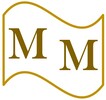
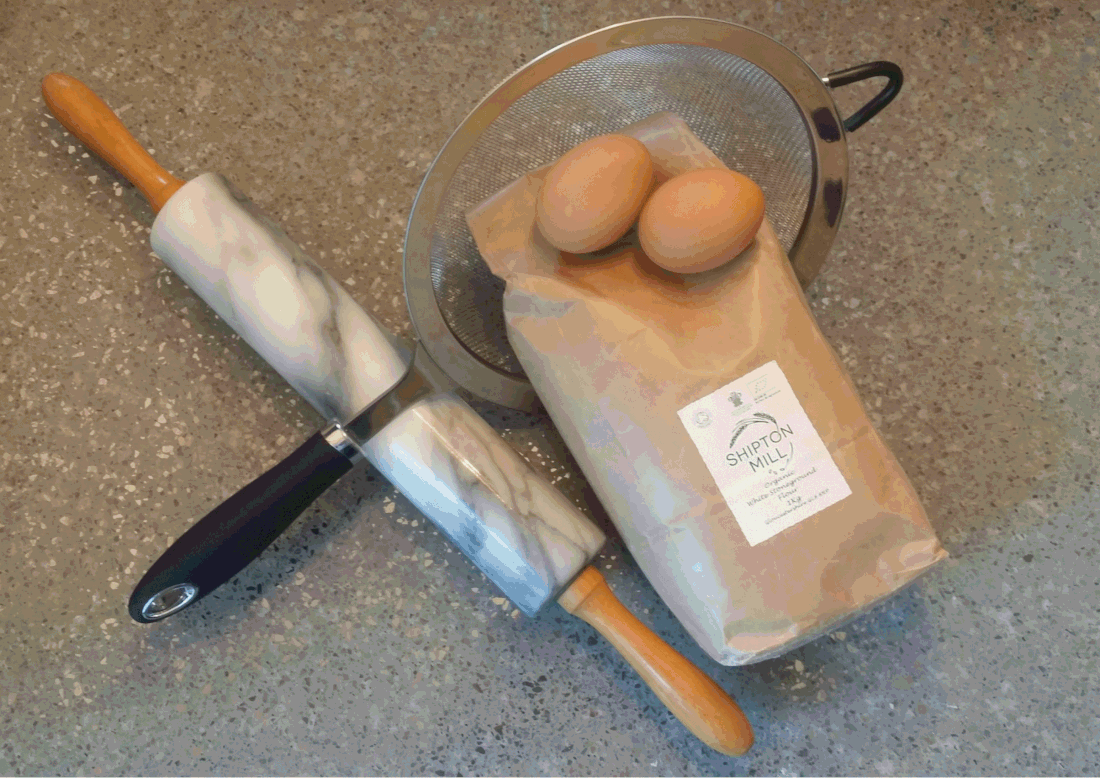
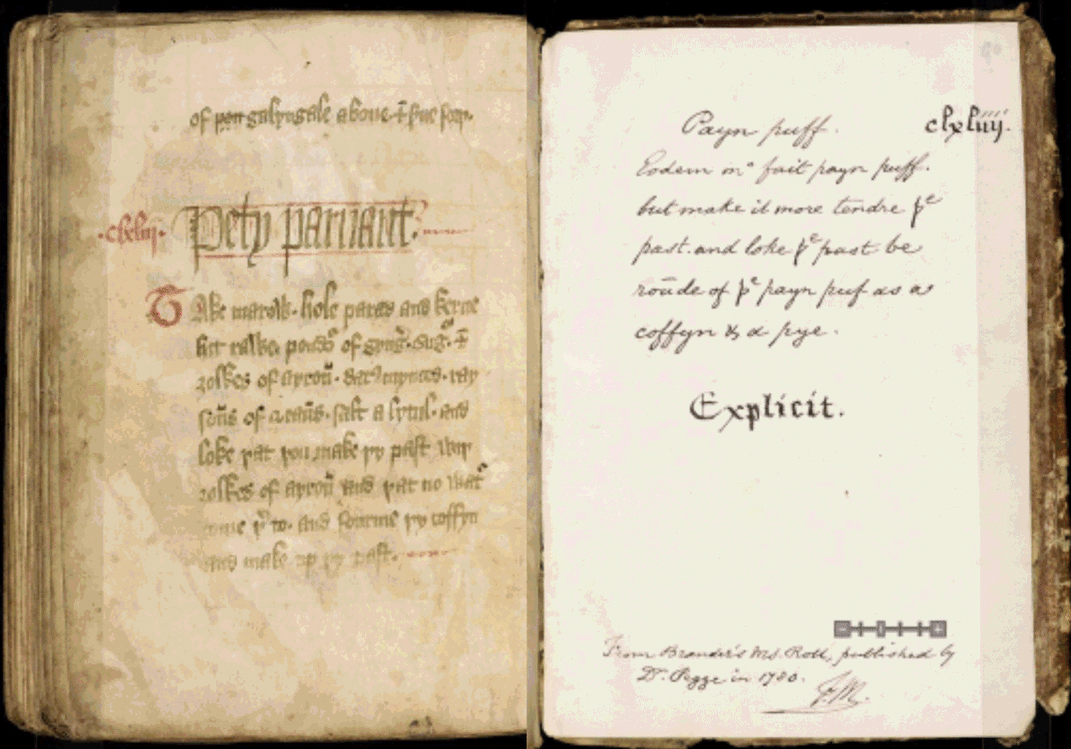
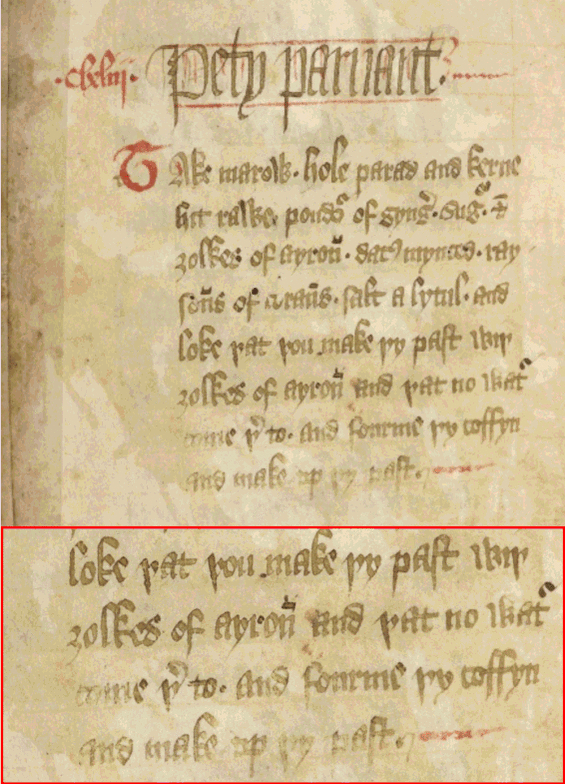
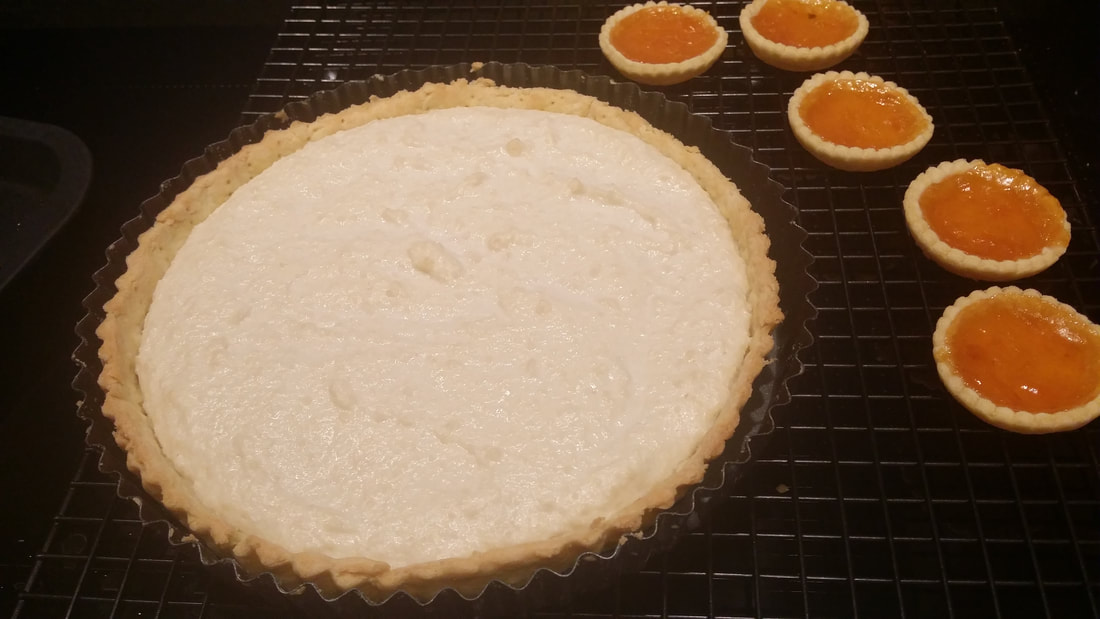
 RSS Feed
RSS Feed